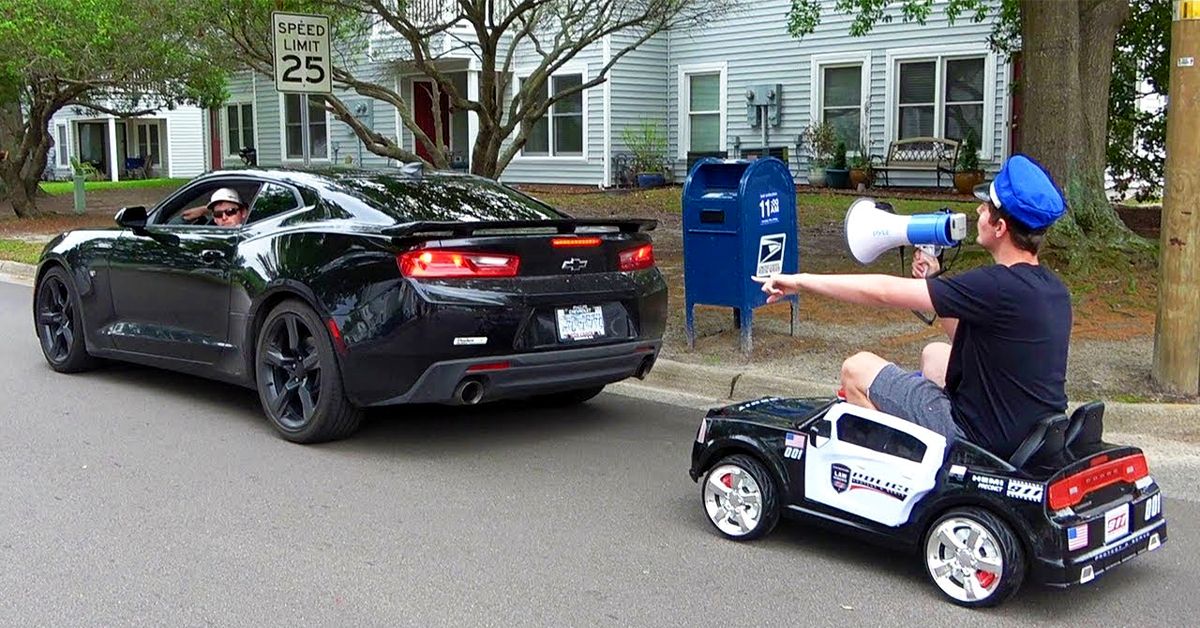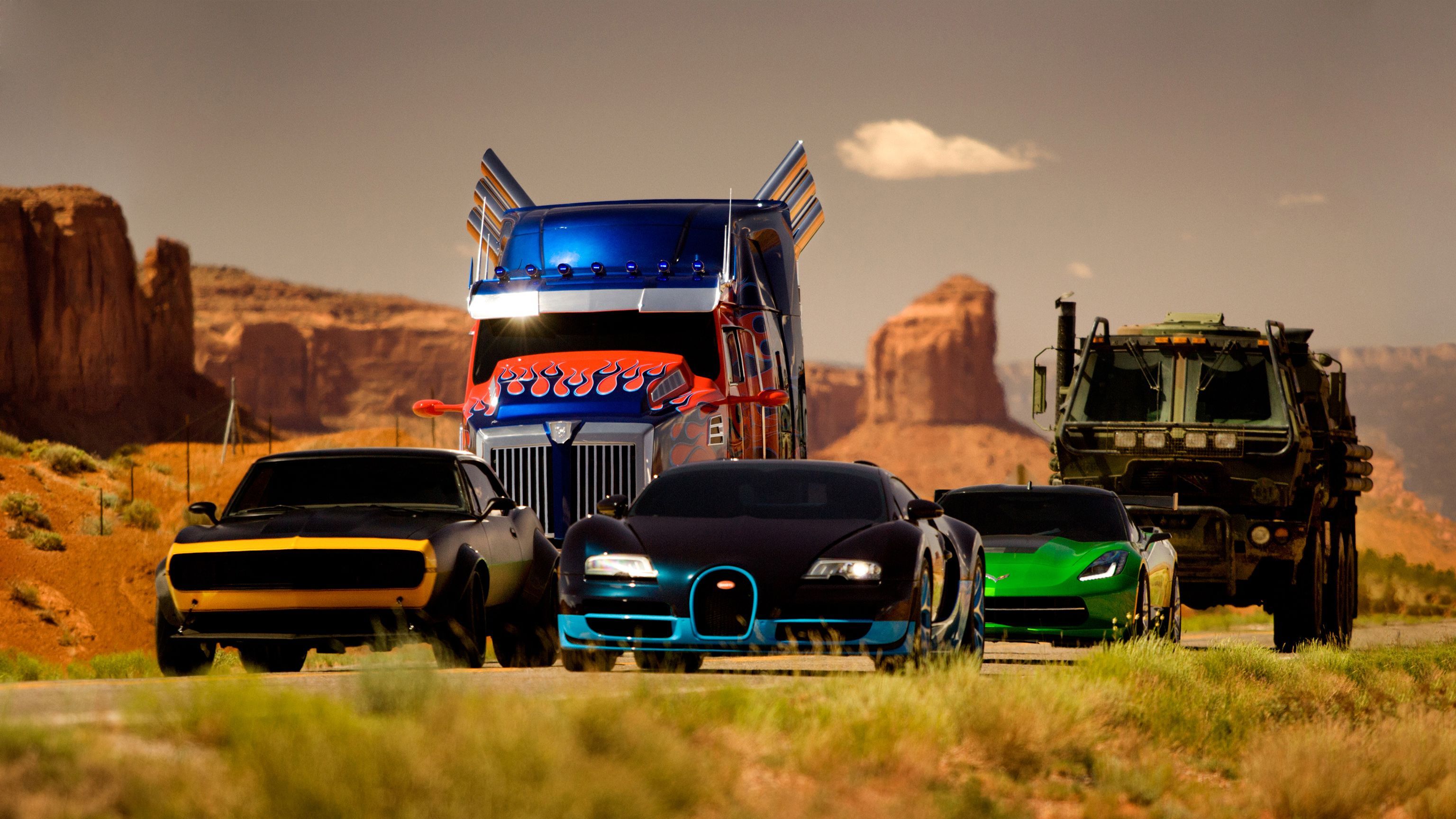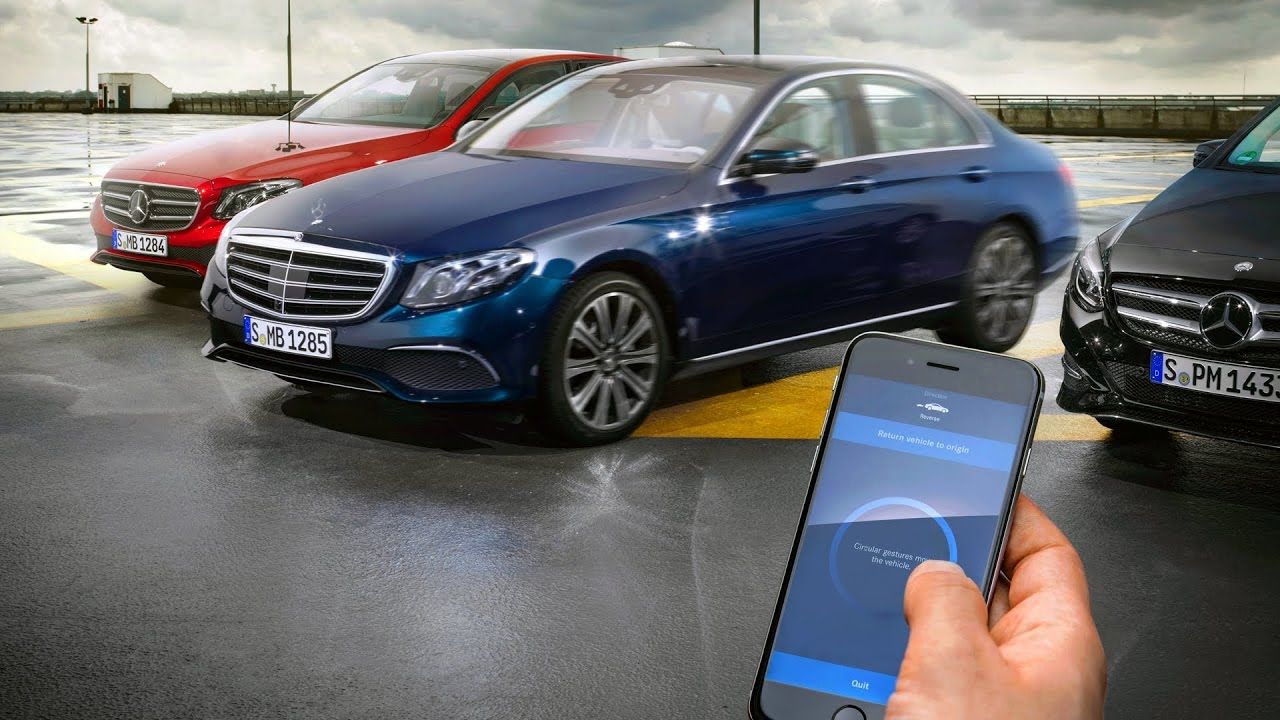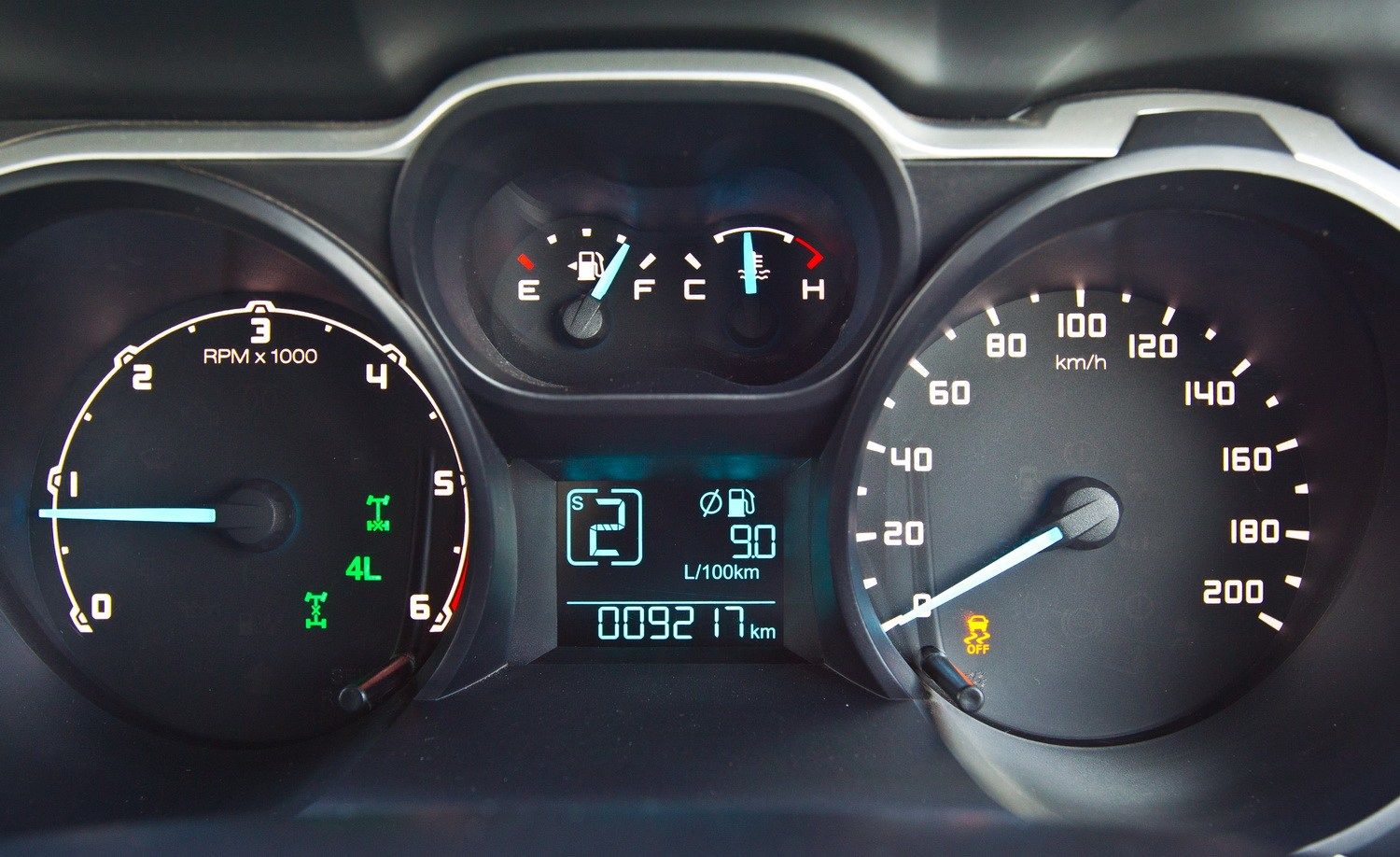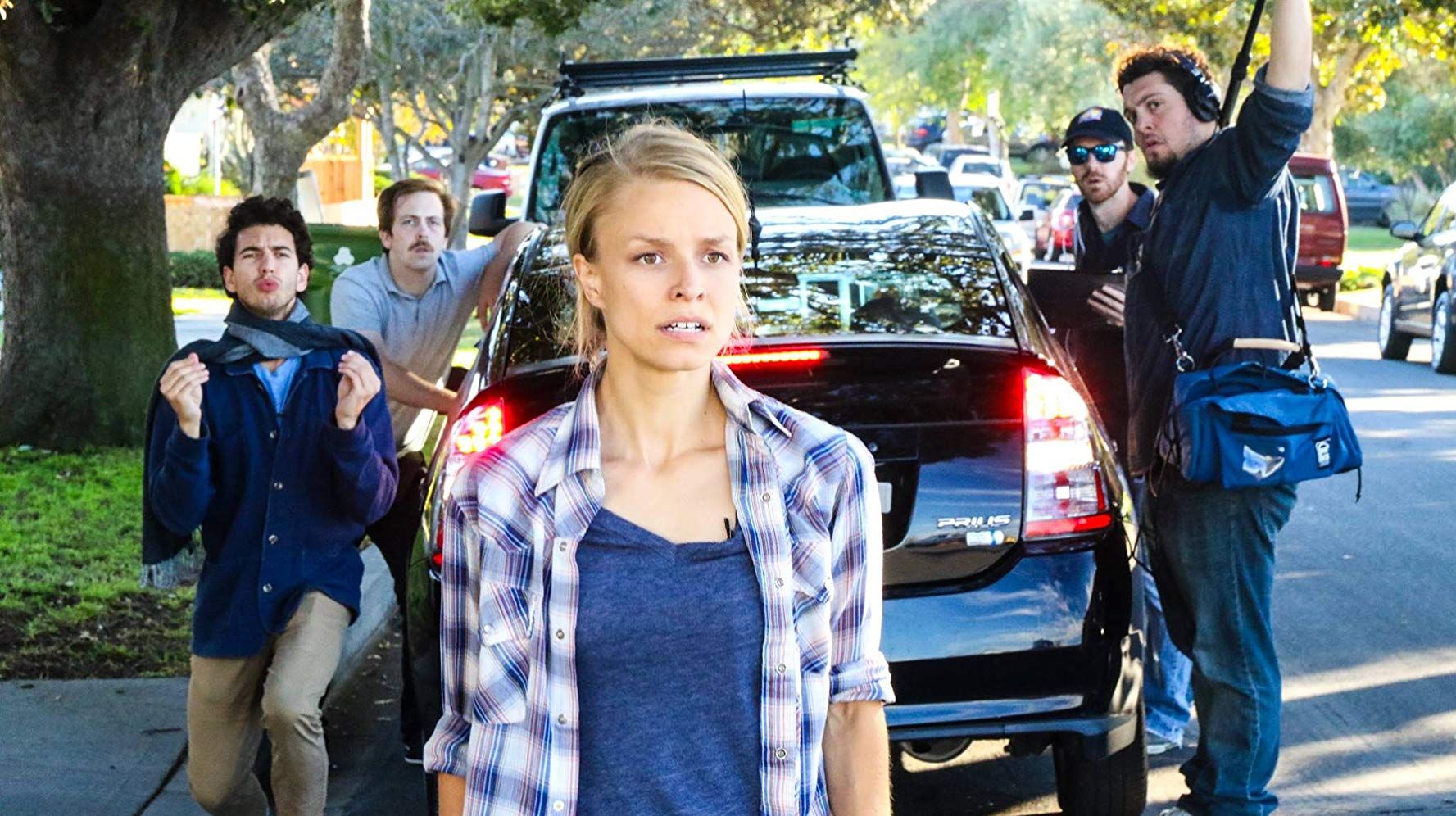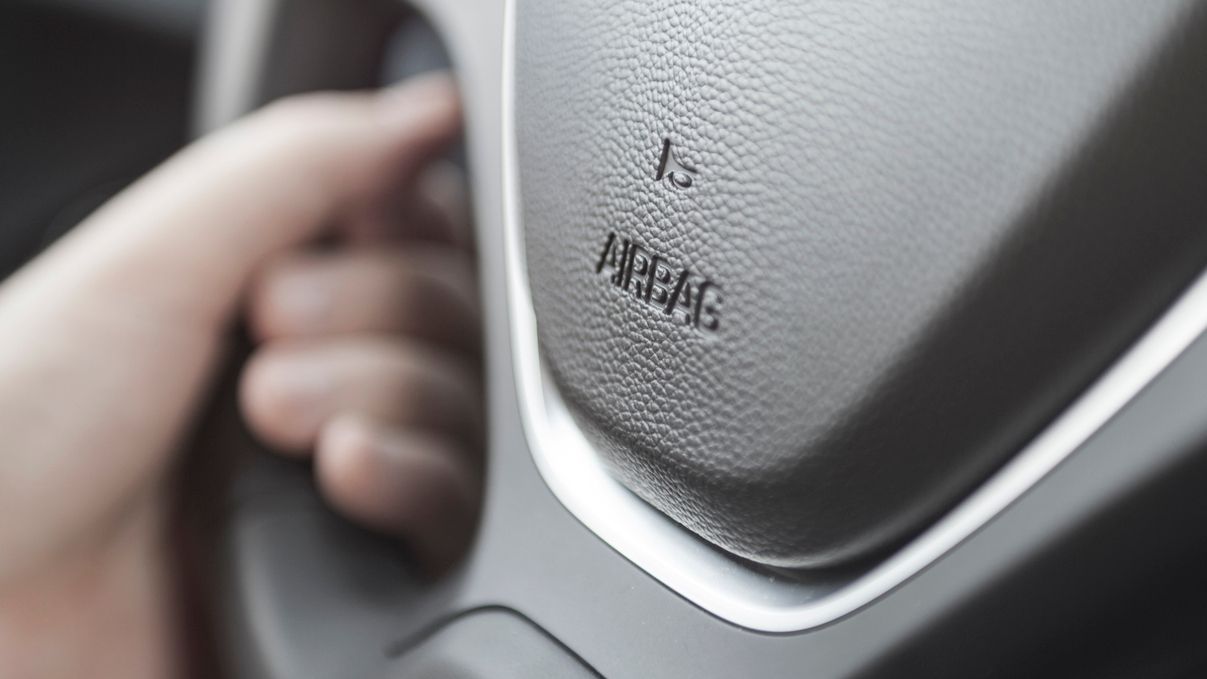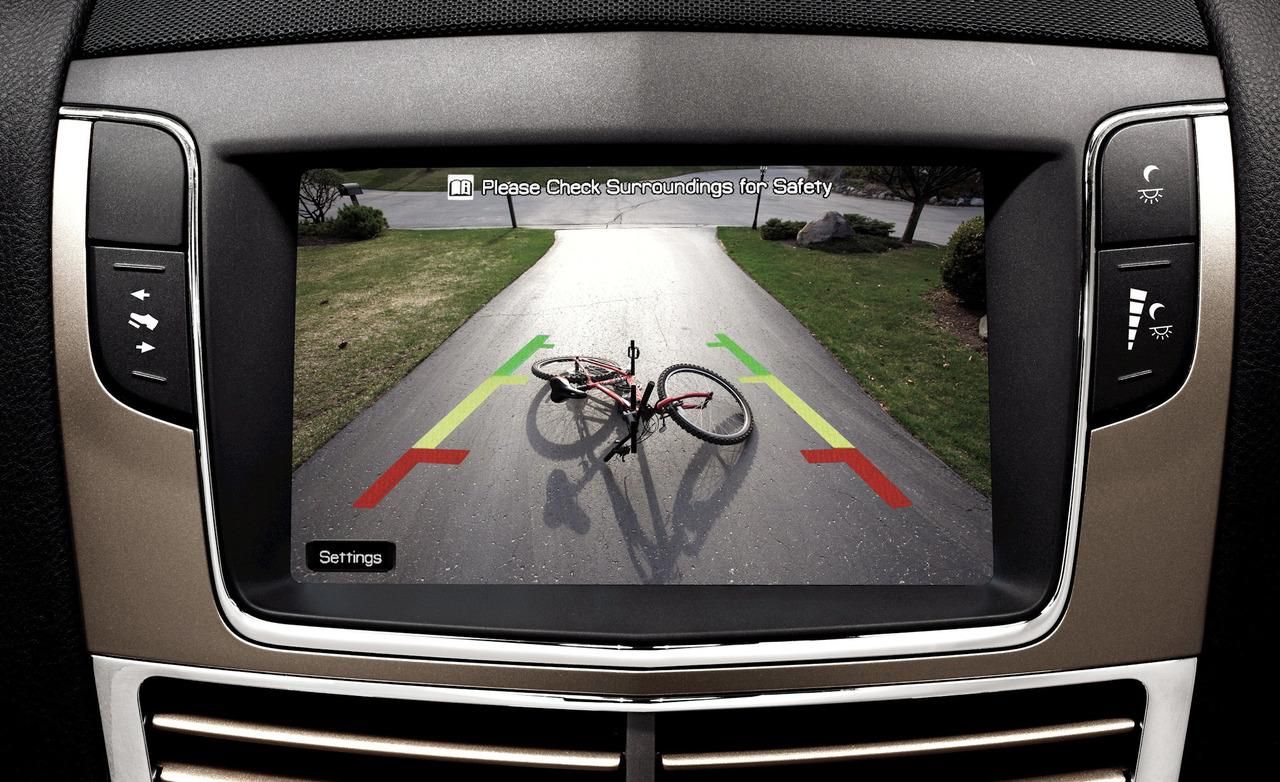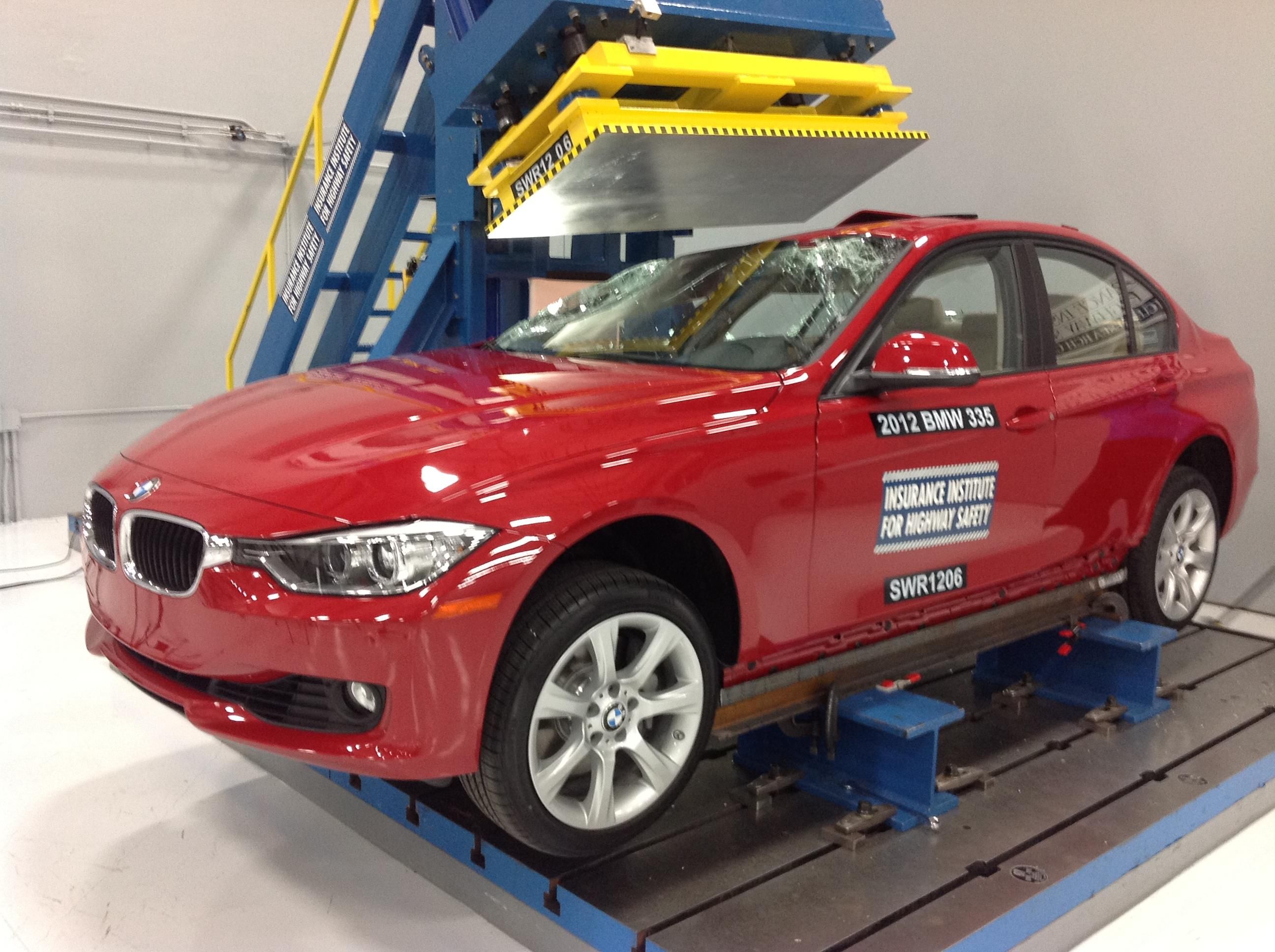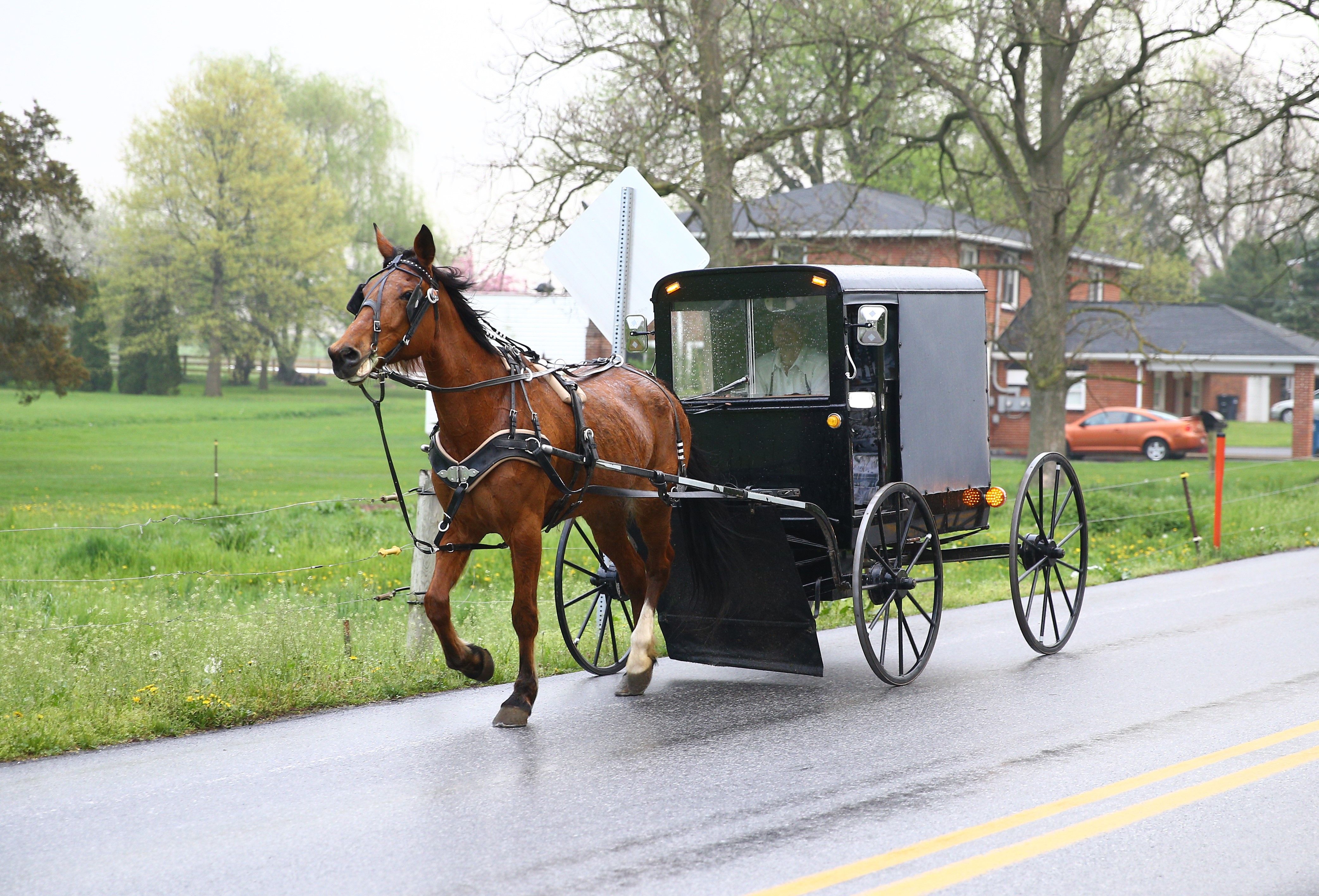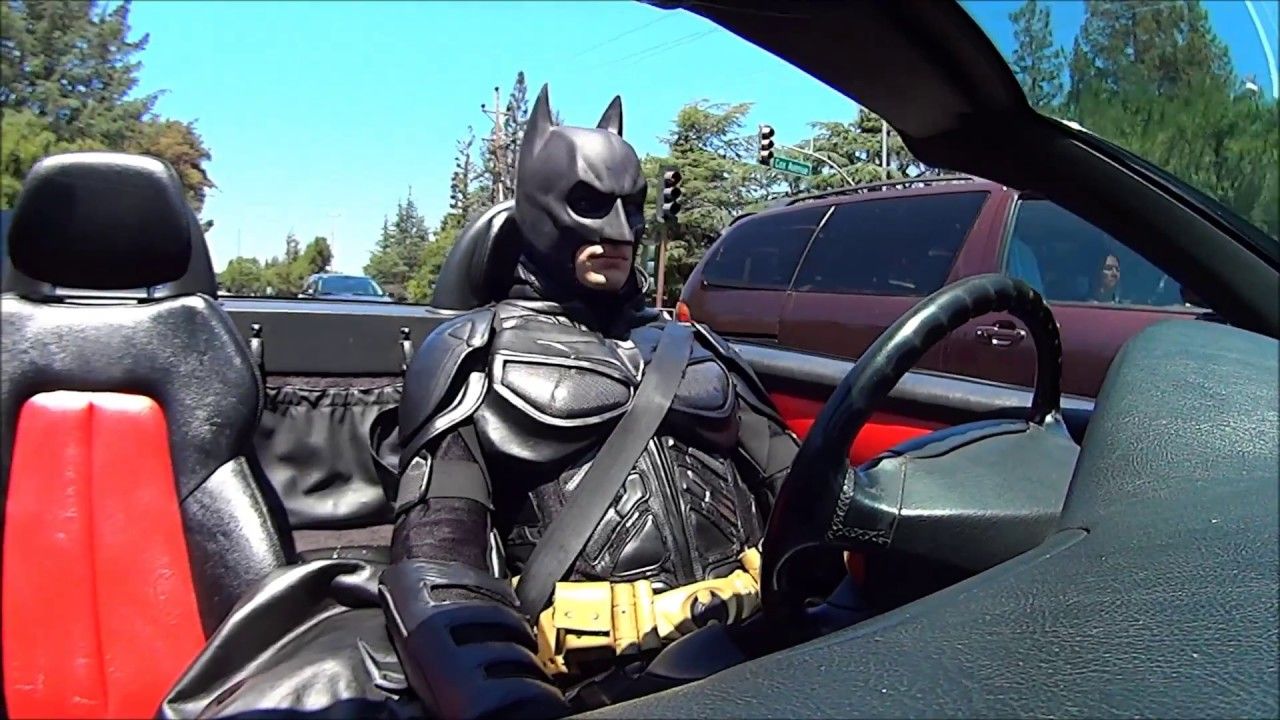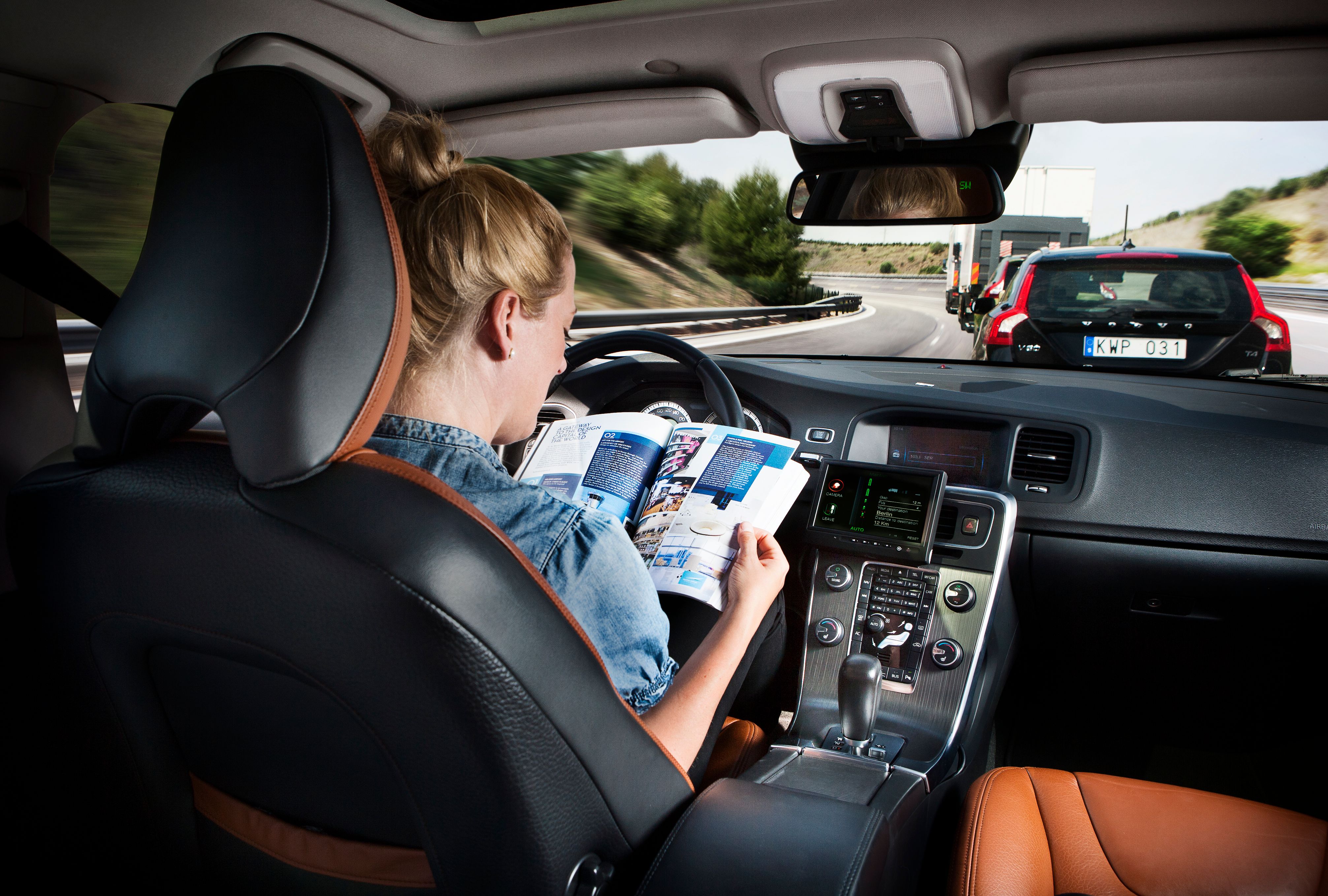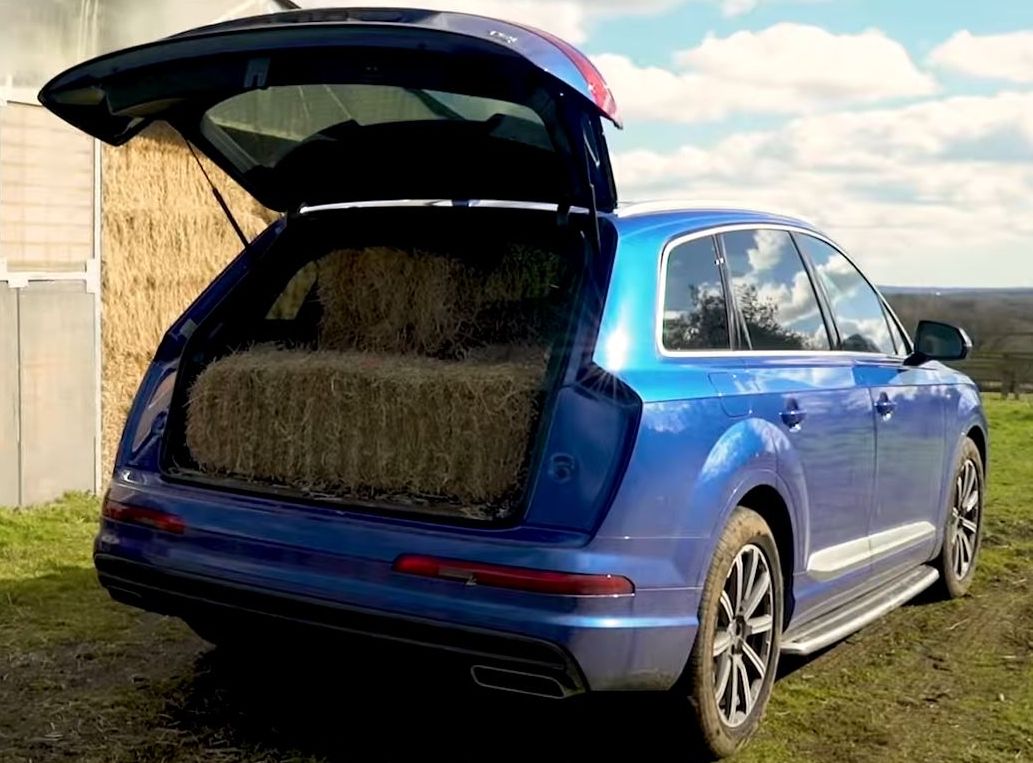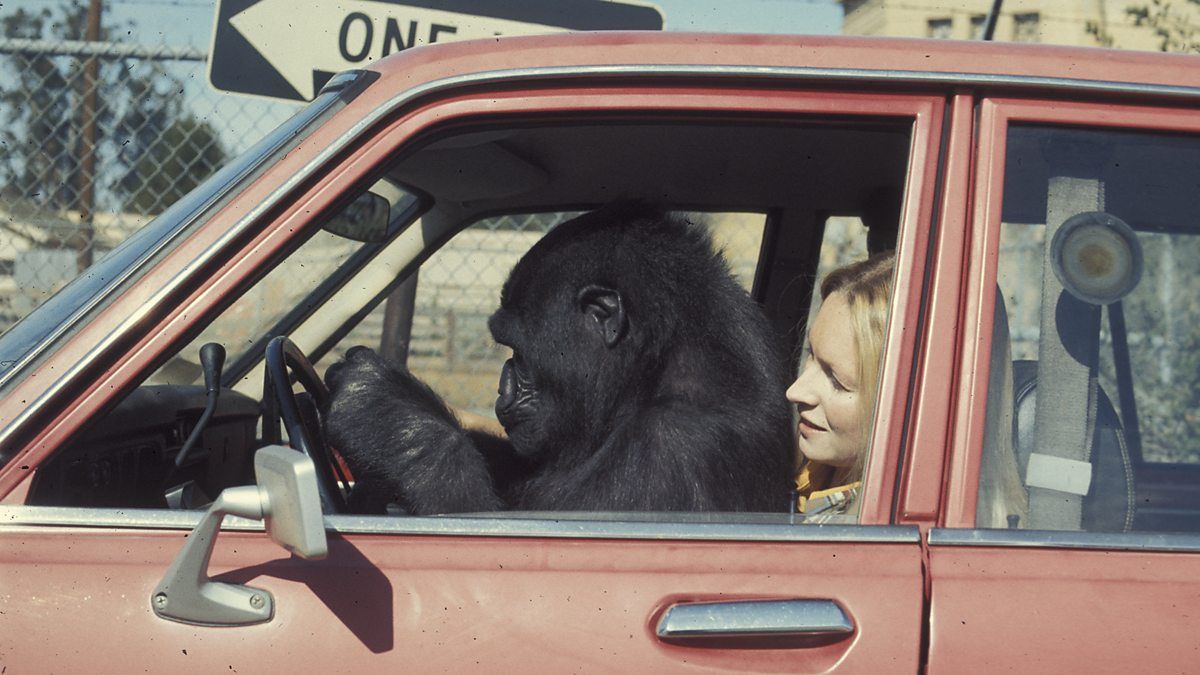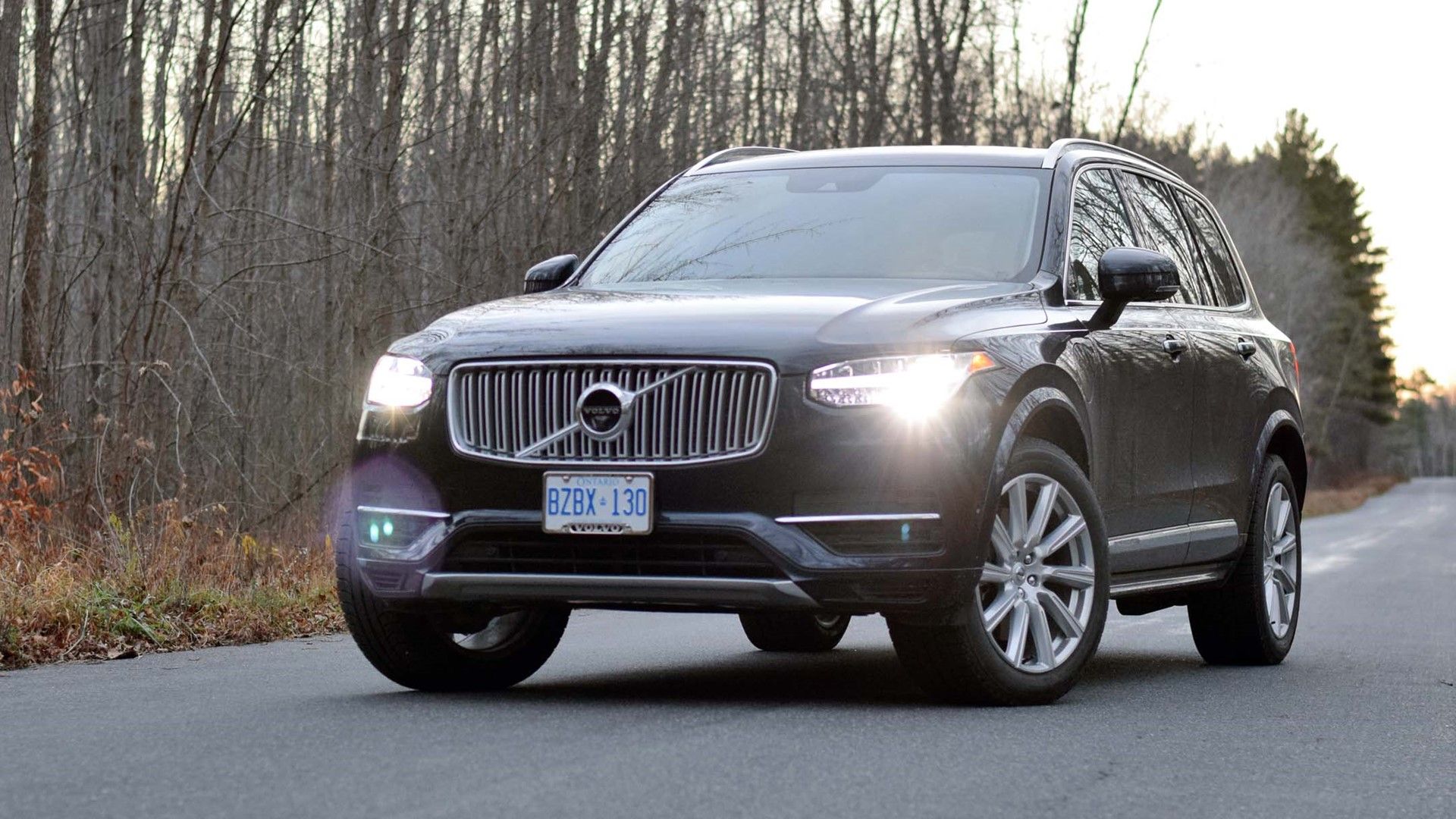The automobile industry is constantly changing, which means rules about vehicles need to change too. The first car was introduced to the world in 1885 by Karl Friedrich Benz. It rode on three wheels, was powered by gasoline, and had no seat belts. Fast-forward to today where we race Ferrari 488 Spiders, cruise in low-riders, and coast in self-driving cars. These vehicles are faster, louder, and travel farther than the cars of yore. Therefore, it only makes sense that new safety features are implemented regularly.
Many drivers assume that standard road rules have always been in effect but this isn’t so. The car may have debuted in the 1800s but stop signs weren’t around until 1915; the first appearing in Detroit, Michigan. In 1962, Sears still sold foam travel pads for the backseat which allowed infants to crawl while parents drove. Most baby car sear legislation didn’t start appearing until the mid- to late-1980s. Despite so much growth in the century following the birth of the automobile, there are still new rules introduced regularly.
While most driving rules make sense from a practical standpoint, some are downright odd. For example, in Glendale, Arizona, drivers are forbidden from reversing their cars (which might make it difficult to back into a parking space). Similarly, in Switzerland, slamming a car door is a no-no (they must have some very quiet streets.)
Interested to know more about road regulations through the ages? Here are 15 rules introduced in the last 20 years, and 10 weird ones you’d never believe exist today.
Since 2015: Transformers Must Not Drive Over 60 MPH
The sunny state of California is known for its beautiful cars and technical ingenuity. This is cause for some new and interesting road rules. For example, in California, unmanned vehicles aren’t permitted to drive over 60 mph. That’s good news for owners who suspect their rides of being Transformers in disguise; not so great for those with self-driving cars. Of course, 20 years ago, rules for self-driving vehicles weren’t necessary. It wasn’t until 2015 that these unmanned vehicles could drive on public roads.
Since 2018: Remote Parking Allowed
New cars come with an array of features, including rear-parking sensors, heated seats, and dash cams. Despite all this new technology, there are some places where it’s only just becoming legal to use it. In the UK, for example, parking a vehicle by remote control on a public road wasn’t allowed until 2018. The new legislature passed in June of 2018 allowing vehicle owners to park using mobile apps as remotes. Some of the cars with this feature include Tesla, BMW, and Audi.
Since 2005: Booster Seats Required
In some places, booster seats weren’t required for small children in cars until well into the 2000s. For example, in Ontario, Canada, the rule for mandatory booster seats didn’t come into effect until 2005. Before this, babies graduated from a five-point car-seat straight to a standard passenger seat. One of the major reasons for the booster, of course, is to keep the seat belt from sitting across a child’s throat. Fortunately, most small children prefer a booster so they can see out the window.
Since 2007: ESC Mandatory Across U.S.
The electrical stability control is a system which uses computer tech to tell a driver when traction is lost. The ESC automatically assists the vehicle to regain stability, so the driver doesn’t skid off the road. The system uses individual wheel braking and reduces energy to the engine so the driver can better control the car. This miraculous tool is, of course, a modern invention and wasn’t around a few decades ago. In 2007, the U.S. mandated federal legislation to make ESC a requirement on all motor vehicles.
Since 2012: Passengers Must Equal Seat Belts
In the US and Canada, road rules vary by state and province. While most have implemented seat belt restrictions since the early 80s, some are just catching up. In Colorado, the rules regarding backseat seat belts weren’t set in stone until 2012. Before this, cars could squeeze an extra passenger in the backseat so long as all working belts were in use. Now, drivers who wish to carry more passengers must invest in a minivan. Maybe that’s why there are so many Dodge Caravans on the roads these days.
Since 2018: Rule Bans Winter Driving Without Proper Tires
Canada is known for its cold northern location which forces most residents in the country to shell out extra on a good set of winter tires. While snow tires are recommended during winter months, their use wasn’t regulated until recently. As of 2018, in the province of British Columbia, drivers are required to outfit vehicles with tires that feature tread depth of no less than 3.5 mm. This rule only applies to certain highway driving, including the South Coast and Vancouver Island. Suitable winter tires are recognized by a snowflake emblem.
Since 2001: Driving On The Phone Banned In NY
Another road rule to appear in the last 20 years is the ban on mobile phone use while driving. The first state to ban cell phone use behind the wheel was New York in 2001. As the importance of distracted driving came to light, more states followed suit, implementing guidelines on hands-free communication. In the beginning, this movement covered phone use in general, but these restrictions became more defined over time. Washington was the first state to implement a rule banning drivers from texting.
Since 2016: FMVSS Enforces Sound Minimum
Before the days of hybrid and electronic vehicles, there were no reasons to create a minimum sound requirement. On the contrary, most motoring legislature of this kind revolved around maximum sound allowances and noisy tailpipes. However, in 2016, The FMVSS (Federal Motor Vehicle Safety Standard) introduced new rules regarding lightweight hybrid and electric cars. Quiet vehicles would now be required to alert pedestrians, cyclists, and blind individuals to their presence with sound. Thus, the first sound minimum for road vehicles was introduced.
Since 1999: Air Bags Make The Cut
Airbags are taken for granted as a commonplace safety precaution for drivers but they weren’t always around. In fact, many car models made before the 1990s weren’t required to have them. The U.S. didn’t pass the legislature for dual front-impact airbags until 1999. This new rule covered all motor vehicles, including trucks, minivans, and cars. It forced any automobile manufacturer to rethink their design for vehicles released that year and onward. Otherwise, the vehicle would be deemed unsafe for use in the country.
Since 2005: Helmets Required In Louisiana
Vehicles with doors, windshields, and airbags automatically offer some protection from the open road. Motorcycles, however, are a different story. Any safe motorcycle driver knows that wearing the appropriate gear while riding can be lifesaving. Helmet guidelines vary from country to country and state to state. In Louisiana, the helmet rules wavered a little, but in 2005, the state reissued the requirement. From this point on, anyone on a motorbike must always wear a helmet during operating—driver and passengers included.
Since 2018: Rear View Cameras Mandatory
Motor vehicles have long been intertwined with video technology. From back seat DVD players to theft-proof dash cams, some camera technology has even been deemed a requirement. For safety purposes in the US, a new automobile rule was implemented in May of 2018. This legislature made it necessary for all road vehicles to come equipped with rear-facing cameras. The reason? Accidents caused by poor shoulder checks, lack of visibility, and blind spots. And even with the cameras, drivers are still expected to perform proper checks before backing up.
Since 2009: Roof-Crush Requirements Rise
Cars are created with certain standards in place, specifically those involving passenger safety. One of the tests automobiles must pass is a roof-crush test, to determine how much weight a vehicle can take. This helps manufacturers determine how safe a car would be if it flipped and the roof were impacted. Previously, vehicles under 6,000 pounds had a roof-crush requirement of 1.5 times that of the vehicle’s weight. Since 2009, however, the National Highway Traffic Safety Administration has changed this to three times a vehicle’s weight.
Since 2001: All Trunks Must Include Internal Release System
Due to several incidents involving individuals in closed trunks, rules for trunk latches had to be changed. The new regulation was included in the Federal Motor Vehicle Safety Standard. It required all vehicles made in 2001 or later to have an internal latch release system inside the trunk. Early compliance for this rule began in October of 2000. While the FMVSS didn’t implement the rule until the 2000s, it was first suggested in the 1980s by a rightfully concerned citizen.
Since 2016: All Motorcycles Required To Have ABS
Anti-lock braking systems are designed to prevent the brakes on a vehicle from stalling during a stop. It keeps the wheels from seizing up so they continue receiving traction against the road. The system is used on trucks, cars, buses, aircraft, and motorcycles. Helpful safety tools like this weren’t always available and certainly weren’t always required. As of 2016, brake laws have evolved to include motorcycles, making it mandatory for all bikes to use ABS. The systems installed on a motorcycle are smaller and more lightweight than ones created for larger vehicles.
Since 2015: Motorists And Cyclists Must Share The Road
Motorists and cyclists have been in a longstanding debate over the road and who has a right to it. While the consensus is that streets should be shared, rules to govern this didn’t come into effect until the late 2000s. For Ontario, Canada, Bill 31 was passed in 2015 and included five new traffic stipulations, including one for cyclists. According to the new legislature, drivers must give at least one meter of space to cyclists whenever possible. Along with this came a hefty fine for any driver who opened a door into a cyclist.
Silly Today: No Cursing On Roads In Rockville, Maryland
In Rockville, Maryland, road rage comes with its own rules and restrictions. When in an automobile, drivers and passengers are forbidden to use profanity of any kind. This rule takes effect while on any road or highway. The repercussion for breaking such a rule? $100 dollars paid to the city. Talk about a swear jar. It’s difficult to imagine anyone actually getting pulled over for cursing in traffic but it happens. On the bright side, Rockville drivers probably have some interesting alternatives.
Silly Today: Riding Horses Furiously Is Forbidden On Highways In Canada
This rule isn’t specific to cars but it does involve the road. In Ontario, Canada, the Motor Vehicle Act says horses must not be driven furiously on the highway. In fact, the rule suggests the same for any other animal you might ride. This is something to keep in mind if you’re ever visiting the beautiful province of Ontario with your horse or pet grizzly. Only gentle riding on the highway. Guess there’s no room for ponies in The Fast and the Furious.
Silly Today: No Monday Driving In The Philippines
Road congestion is normal in big cities around the world, causing gridlock and traffic jams well after rush hour. Of course, some locations are busier than others. In the Philippines, for example, they found a solution to help thin traffic. Well, a solution for one day of the week, at least. The country prevents any vehicle with a license plate ending in 1 or 2 from driving on Mondays. This just sounds like a pretty good excuse to take an extra-long weekend.
Silly Today: Drivers Must Warn Washington Authorities Ahead Of Crime
The state of Washington is way ahead of their time when it comes to crime prevention. The state has a rule in place that prevents new motorists from entering the city if they intend to break the law. In fact, the legislature specifies that intending rule-breakers must telephone and notify the chief of police before entering. This could certainly save the authorities some time. If only Gotham city had thought of this, there would have been no need for Batman.
Silly Today: Do Not Read Comics While Driving In Oklahoma
Reading on long car trips is a great way to pass the time—unless you’re the driver, of course. In most cities and states, reading behind the wheel is a no-no, especially with all the new distracted driving restrictions in place. In Oklahoma, they get specific with this rule. While driving within the state limits, motorists are prohibited from reading comic books. It seems the citizens of Oklahoma will have to wait until they get home to find out whether Wolverine saves Professor X this week.
Silly Today: Keep Hay Out Of The Trunk While Driving In Australia
Some road rules are less about how you drive and more about what you’re driving with. Getting hay home from the farm is a bit of a conundrum in Australia. Apparently, there is a rule here which restricts motorists from carrying hay in the trunk of their own vehicles. Does this mean they can borrow a friend’s truck to get it where it needs to go? Whatever the case, it must be a bit of an inconvenience to feed the horses down under.
Silly Today: Drivers Are Forbidden From Running Out Of Gas On The Autobahn
The Autobahn in Germany is on the bucket list of every car enthusiast ever. The attraction? A lack of speed limit, making it possible to finally test that max speed you’ve been dreaming about. However, while the famous highway doesn’t require you to check the speedometer, the gas gauge is another story altogether. Unless it’s an emergency, authorities consider it negligence to let a vehicle run out of gas here. The penalty? A fine, driving ban, or up to five years behind bars.
Silly Today: No Dirty Cars In Moscow
Road regulations in Moscow, Russia, give the term, “driving dirty” a whole new meaning. The city enforces a rule that restricts vehicle owners from driving in dirty cars. Originally, the legislature was put in place to keep license plates visible in poor weather. Due to inconsistency, however, any unclean vehicle can be fined and it is left to the discretion of the officer to decide. The fine isn’t too bad, at roughly $55, but it probably encourages some very clean cars on city streets.
Silly Today: Keep Gorillas Out Of The Cars In Massachusetts
Of all the odd road restrictions, New Englanders win for best weird car rule with their unique animal clause. In Massachusetts, it’s illegal for drivers to operate a motor vehicle with a gorilla in the backseat. Of course, this will help protect drivers if a Planet of the Apes situation should ever arise. In the meantime, it detracts from monkey thieves raiding the local zoo. Whatever the purpose, it’s safe to say that police don’t have many opportunities to enforce this rule.
Silly Today: In Scandinavia, Drivers Must Never Turn Off A Vehicle's Headlights
Keeping headlights on in dim lighting is a rule just about everywhere but have you ever heard of a place where it’s illegal to turn them off…ever? In Scandinavia, the weather and road conditions are so poor that headlights must be kept on while driving, even in daylight. If you’ve ever seen an old-model Volvo, you may have noticed that the lights are permanently set to on. This is because Volvos were invented in Gothenburg, Sweden, in 1927. Hopefully, this shines some light on the situation.
Sources: McGill, Traffic Sign, BMW, and Master Drive.

